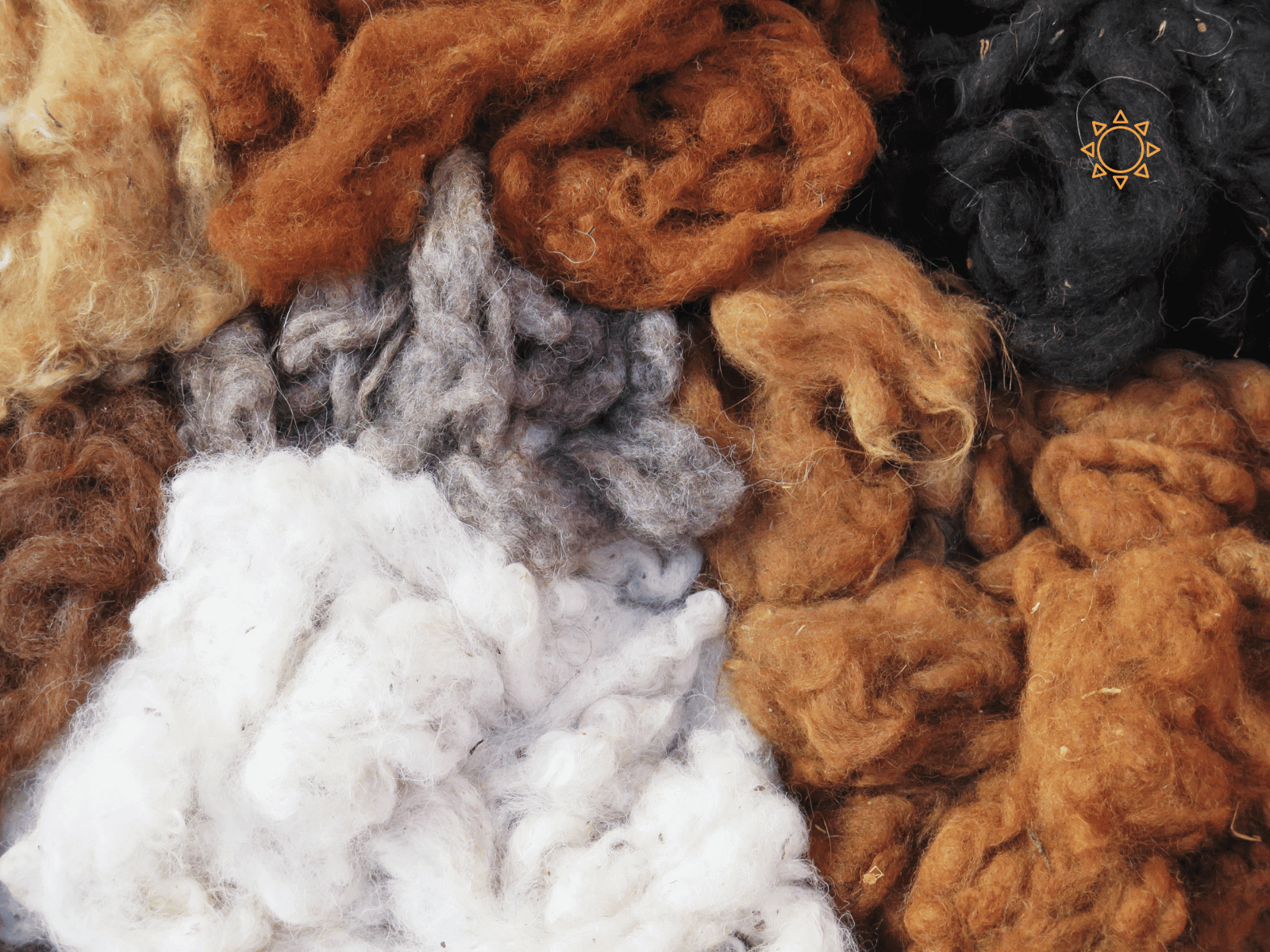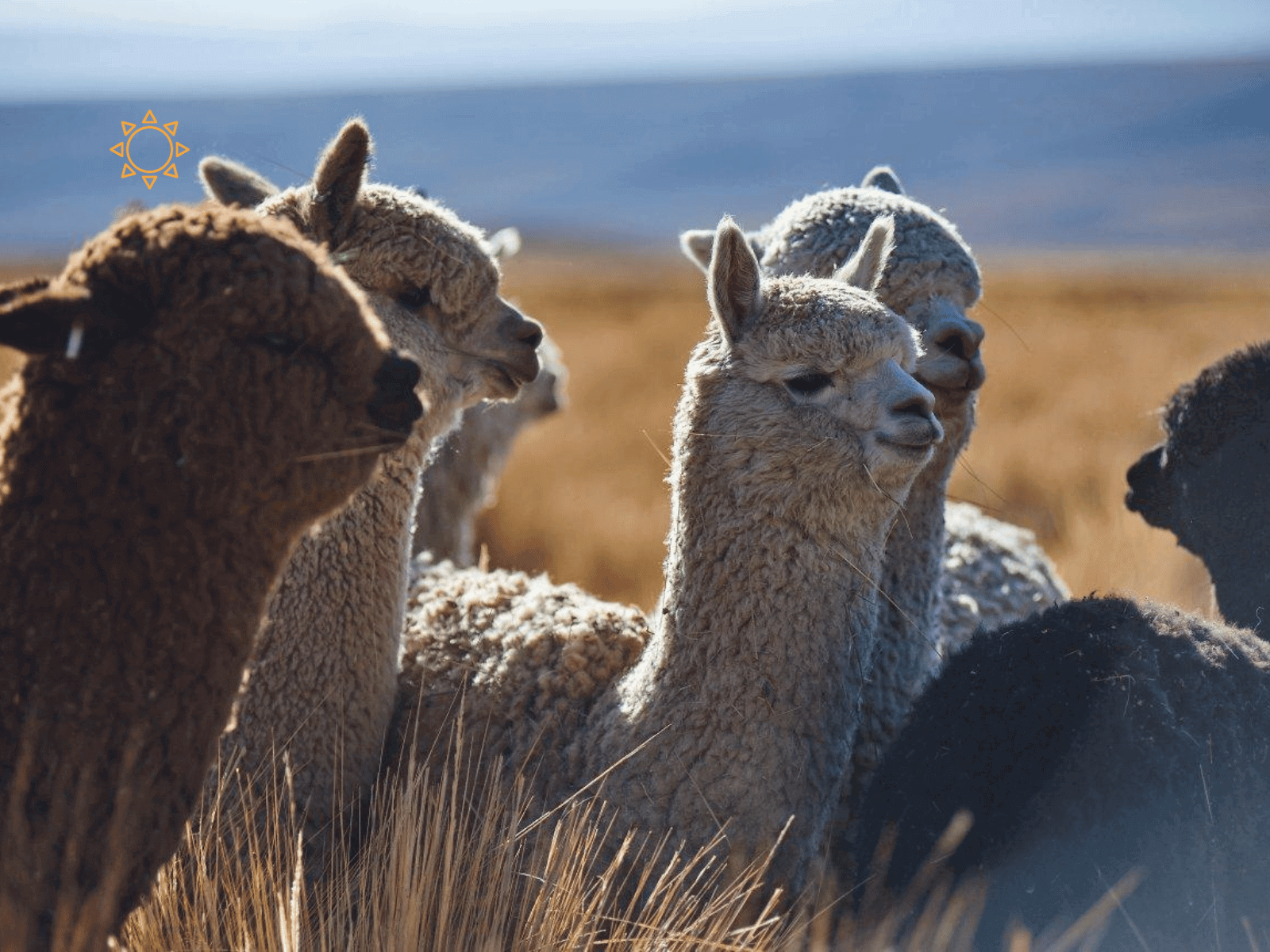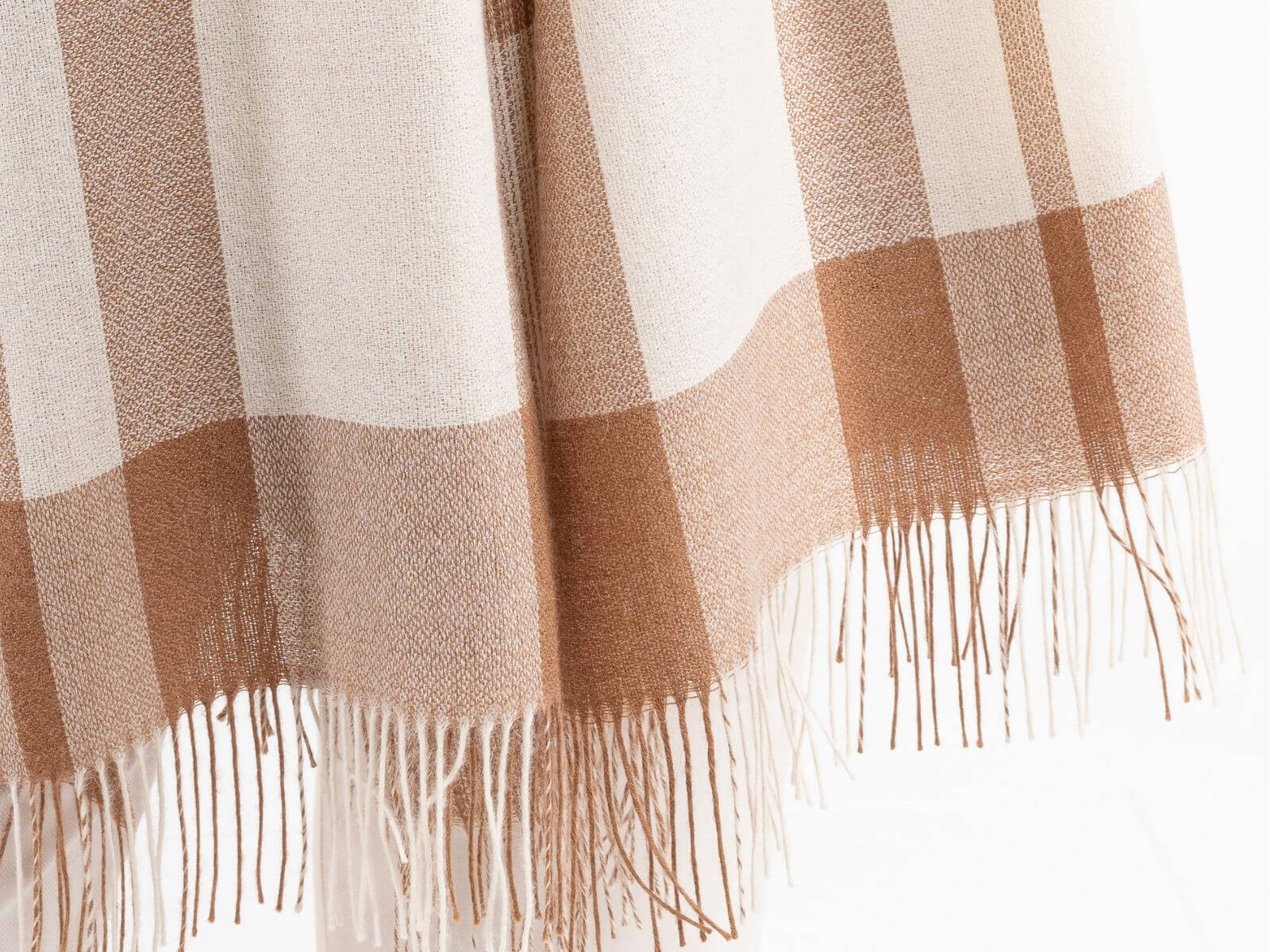
How Baby Alpaca Wool is Harvested?
Baby alpaca wool is one of the most luxurious and sought-after natural fibres in the world. Renowned for its exceptional softness, warmth, and hypoallergenic properties, baby alpaca wool is harvested through a careful and humane process. In this article, we’ll take you through the journey of how baby alpaca wool is harvested, from the high-altitude farms of the Andes to the hands of skilled artisans. Learn more about baby alpaca wool in our ultimate guide to baby alpaca wool.
The Source: High-Altitude Farms in the Andes
The journey of baby alpaca wool begins in the high-altitude regions of the Andes Mountains, primarily in Peru, where around 80% of the world’s alpaca population is found. These alpacas graze freely in their natural habitat, which provides ideal conditions for producing high-quality wool. The altitude and climate play a crucial role in the quality of the wool, as the alpacas adapt to the cold temperatures by growing their soft, insulating fibres.

The Shearing Process
Alpacas are typically shorn once a year, usually in the spring, to ensure their comfort during the warmer months. Shearing in the spring allows the alpacas to grow back their fleece before the cold winter sets in, providing them with natural insulation. The shearing process is done carefully to avoid any harm to the animals. Expert shearers use specialised tools to gently remove the fleece from the alpaca, ensuring the fibres remain intact and of high quality. This process is quick and humane, and the alpacas experience no pain.

Sorting and Grading the Wool
Once the wool is shorn, it is taken to a processing facility where it undergoes sorting and grading. The fibres are meticulously sorted by hand to remove any impurities and to separate the different grades of wool. Baby alpaca wool, which comes from the first shearing of an alpaca or from the fine undercoat of adult alpacas, is identified and separated due to its superior softness and fineness. The fibres are measured in microns, with baby alpaca fibres typically ranging between 21.5 and 23 microns, making them finer and softer than regular alpaca fibres, which range between 23 and 26 microns.

Cleaning and Dyeing
After sorting, the wool is thoroughly cleaned to remove any dirt, grease, and vegetable matter. This is done using eco-friendly methods to ensure the natural qualities of the wool are preserved. For products that require colour, the wool is dyed using natural pigments derived from plants, seeds, and minerals. Alpaca wool offers a wide range of natural shades, including multiple tones of white, black, grey, brown, and fawn, which often means no dyeing is required to achieve beautiful, natural colours.

Spinning the Yarn
The cleaned and dyed fibres are then spun into yarn. This process can be done using traditional hand-spinning techniques or modern spinning machines, depending on the desired texture and quality of the yarn. Spinning transforms the loose fibres into a continuous thread that can be woven or knitted into fabric.

Weaving and Knitting
The spun yarn is then ready to be woven or knitted into luxurious baby alpaca garments and accessories. This process involves both traditional looms and modern machinery. The initial weaving is often done on mechanised looms to ensure consistency and precision. However, significant manual intervention is required throughout the process to handle intricate patterns and designs, ensuring each piece retains the unique touch of skilled artisans. Our production centre holds certifications such as the 'Certificate of Good Fair Trade Practices,' the 'Responsible Alpaca Standard' label, and the 'World Responsible Accredited Production' certification, attesting to our commitment to quality and sustainability.

The Final Product
The final product is a beautifully crafted item made from baby alpaca wool, ready to bring warmth, softness, and luxury to your wardrobe or home. The entire process, from shearing to the finished product, reflects a commitment to quality, sustainability, and ethical practices. Discover the benefits of baby alpaca wool in our detailed guide.

The harvesting of baby alpaca wool is a meticulous and humane process that highlights the natural beauty and superior qualities of this exceptional fibre. By choosing products made from baby alpaca wool, you are not only investing in luxury and comfort but also supporting sustainable and ethical practices that benefit both the environment and the communities involved in its production. Read more about the unique qualities of baby alpaca wool in our ultimate guide.



Leave a comment
This site is protected by hCaptcha and the hCaptcha Privacy Policy and Terms of Service apply.